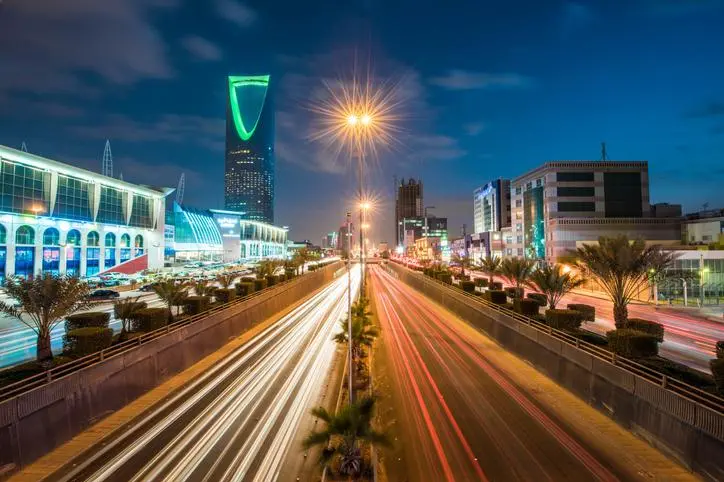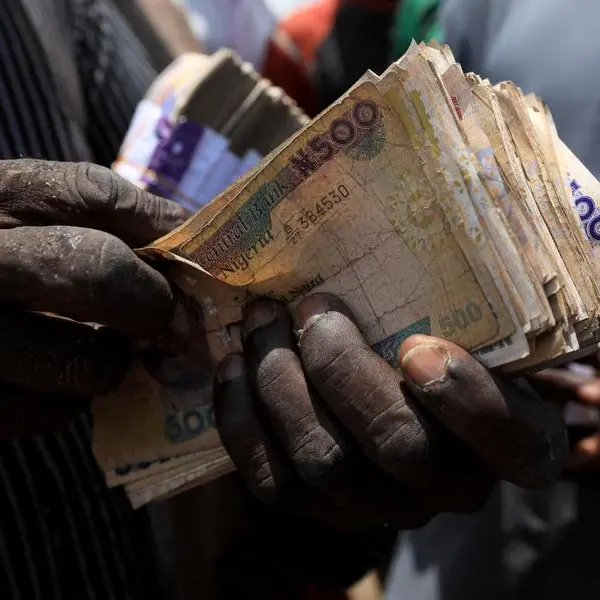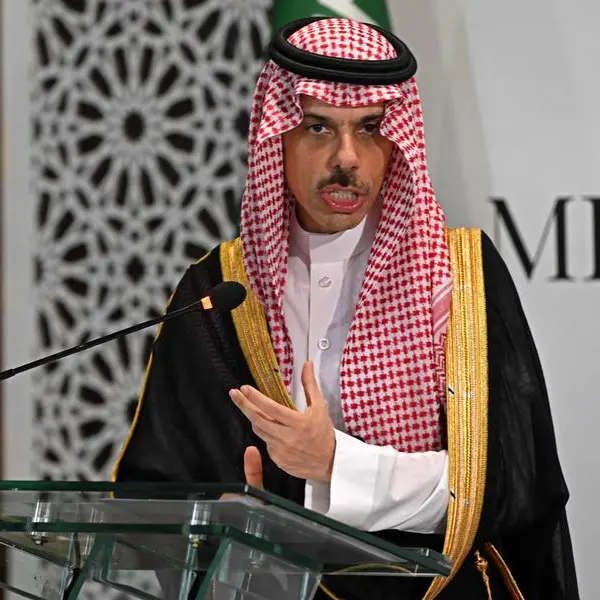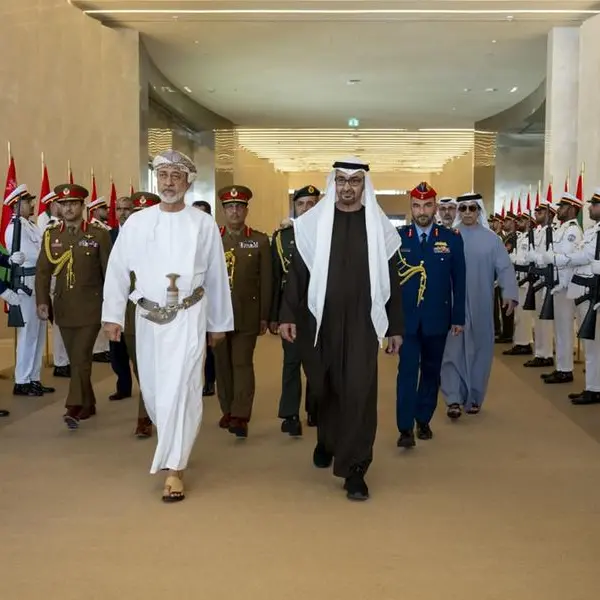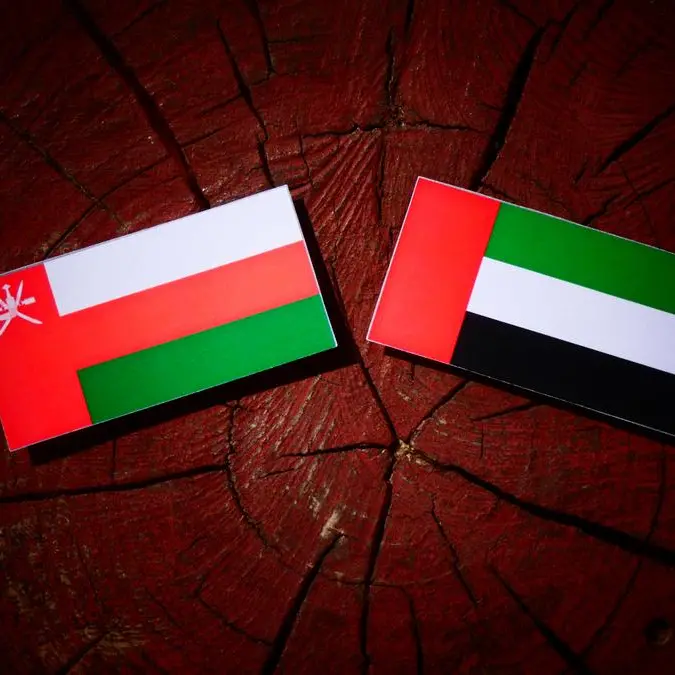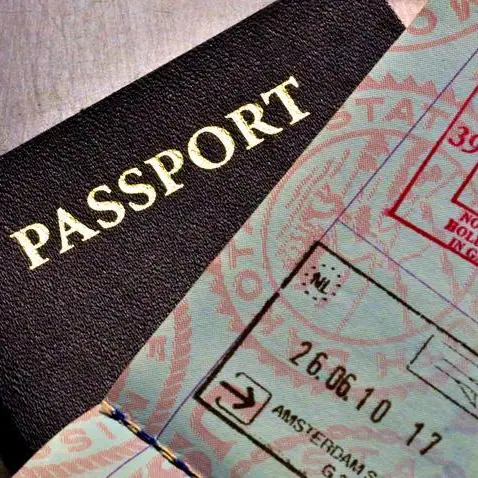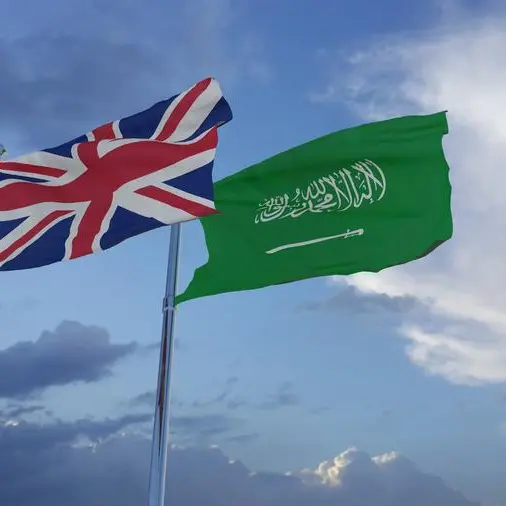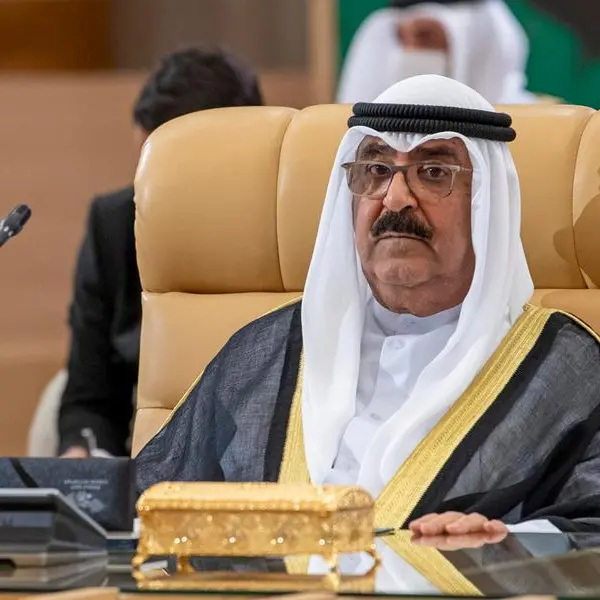PHOTO
Saudi Arabia is entering 2021 battling two crises: the economic slowdown in the non-oil sector triggered by COVID-19 and the collapse in oil prices that is squeezing state revenues.
But the worst seems to be over for the oil-rich kingdom, assuming there are no further severe waves of the pandemic, making new lockdowns necessary, and that a vaccine is delivered in the second half of the year. Last week, the Saudi Food and Drug Authority approved the use of the Pfizer-BioNTech vaccine, though it has not specified when the kingdom will begin the rollout.
Already there are slight signs of recovery. The International Monetary Fund, in its World Economic Outlook report issued in October, said it expects GDP growth in the KSA this year to be -5.4 per cent, an improvement on the -6.8 per cent forecast made in July.
The outlook for the oil sector is mixed. The US Energy Information Administration (EIA) in its December 2020 report estimated monthly Brent crude oil prices will rise to an average of $49 per barrel in 2021, $2 higher than last month’s estimate. For the fourth quarter of 2020, EIA expects an average price of $43 per barrel.
Additionally, last week Saudi Arabia and its OPEC+ partners agreed to increase production by 500,000 barrels per day beginning January. This will bring the total production cuts at the start of 2021 to 7.2 million bpd.
However, the easing of production restraints could put further downward pressure on prices if there is no recovery in global demand. According to the IMF estimates, Saudi Arabia would need oil to trade at $66 to balance its budget in 2021.
In the non-oil sector, private sector business activity has expanded as the lockdown restrictions eased. According to IHS Markit, PMI rose sharply from 51.0 in October to 54.7 in November, “to signal the strongest improvement in business conditions since January.”
David Owen, economist at HIS Markit, said: “As a result, there was evidence of firms raising investment in anticipation of an uplift in 2021 should the pandemic come to an end."
On government finances side, in its budget for 2021, the kingdom said it plans to cut spending by 7.3 percent to 990 billion riyals from this year’s 1.07 trillion riyals. Revenue is also projected to rise to 849 billion riyals from 770 billion riyals this year.
This combination of higher yearly oil revenue and lower expenditure is expected to narrow the fiscal deficit to 141 billion riyals, or nearly 5 percent of GDP from the 12 percent estimated for this year. VAT, which was tripled to 15 percent beginning July, will also help shore up revenue.
“Despite efforts to diversify revenue streams, including the increase in VAT to 15 percent which has supported non-oil revenue, the economy will remain reliant on hydrocarbons in the short to medium term—and that means oil prices will have to increase to support GDP growth next year. This is likely, as most estimates suggest oil prices will average $50 per barrel in 2021,” Neil Quilliam, Associate Fellow at Chatham House and Managing Director at Azure Strategy, told Zawya.
He said a further increase in the VAT would be very controversial. “It is already the highest in the region, and has led to an almost consistent 6 percent rate of inflation since it was introduced.”
Construction sector
The Saudi construction sector which was booming last year with a trillion-dollar pipeline of projects led by the Saudi Vision 2030, was badly hit by the pandemic which caused work stoppages, cash flow squeezes, project delays, and supply chain disruptions.
However, Yasmine Ghozzi, economist at GlobalData, expects Saudi economy to recover next year if the vaccine program goes ahead and global conditions improve. GlobalData is forecasting that construction output for Saudi Arabia will contract by -1.9 percent from an earlier forecast of -2.8 percent as the economy shows better progress than expected and expects a recovery for the sector of 3.3 percent in 2021.
“The government is cementing the role of the private sector by prompting private investment in manufacturing, tourism, and renewable energy. Despite a near-term drop in revenue, the Kingdom is emphasizing its long-term diversification plans, further pushing for accelerating the pace of privatisations,” she told Zawya.
Quilliam said there was an urgent need for the Kingdom to implement parallel reforms, including greater private sector investment.
“The announcement from PIF to inject $40 billion into the economy in 2021 and 2022 could spur additional investments, especially from foreign investors, and boost growth. Although FDI into the kingdom grew by 12 percent y-o-y in the first half of 2020, the starting point remains decidedly lower than just a few years ago, and reliance on domestic funding vehicles and sources will remain key for the time being.”
Tourism, including religious travel like Haj and Umrah, was severely restricted this year due to the pandemic. In 2019, the sector, directly and indirectly, contributed 274 billion riyals or 9.5 percent, towards the total GDP. Post-COVID, not only are the pilgrims set to return, the number of leisure travelers are also expected to rise following the Vision 2030-led initiatives to boost tourism.
"Tourism, despite facing massive hurdles in 2020, is still an area that is being prioritised, with the cabinet recently approving the establishment of a $4 billion investment fund to boost the development of the sector. From 2021 onwards, there are considerable business prospects for construction companies, hotel operators and other related tourism services to be created by the massive Red Sea Project on the Kingdom's west coast, which will eventually cover an area about 10,000 square miles,” said Ghozzi.
(Reporting by Brinda Darasha, editing by Seban Scaria)
Disclaimer: This article is provided for informational purposes only. The content does not provide tax, legal or investment advice or opinion regarding the suitability, value or profitability of any particular security, portfolio or investment strategy. Read our full disclaimer policy here.
© ZAWYA 2020
